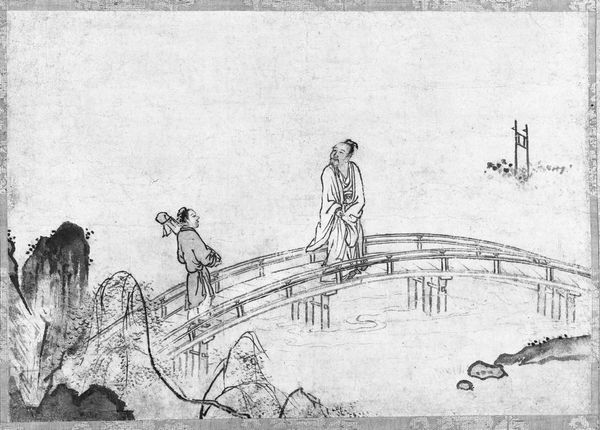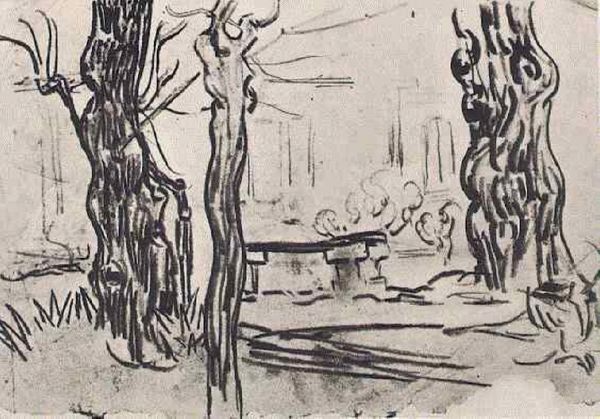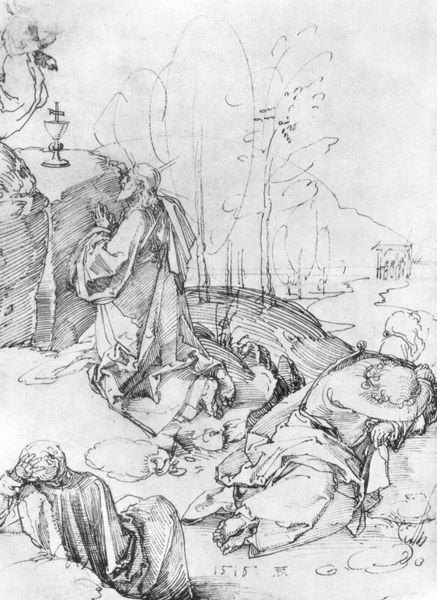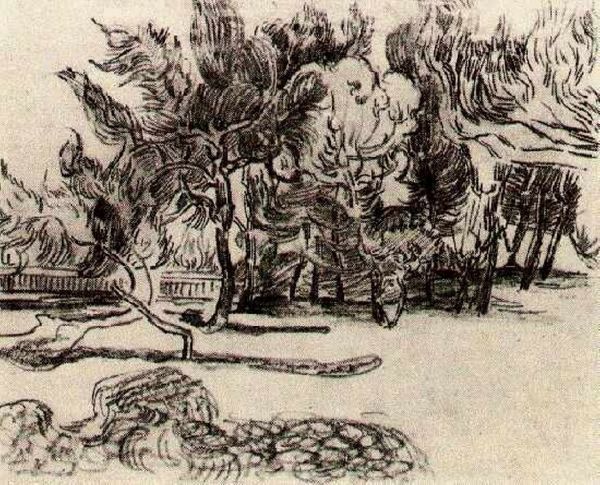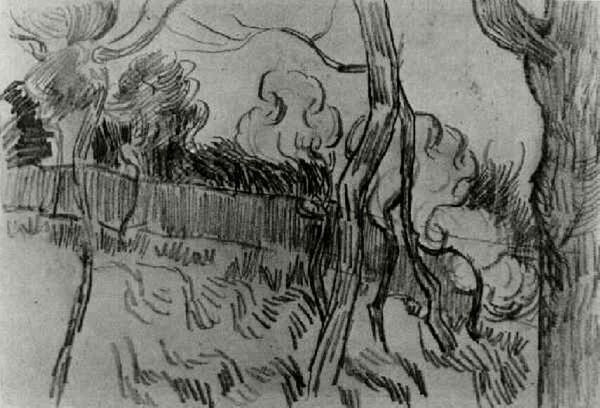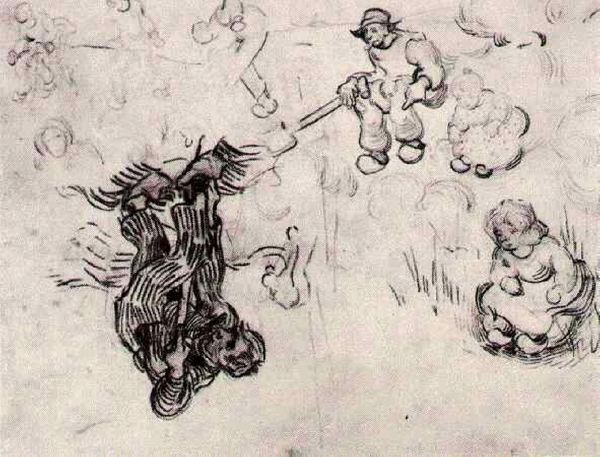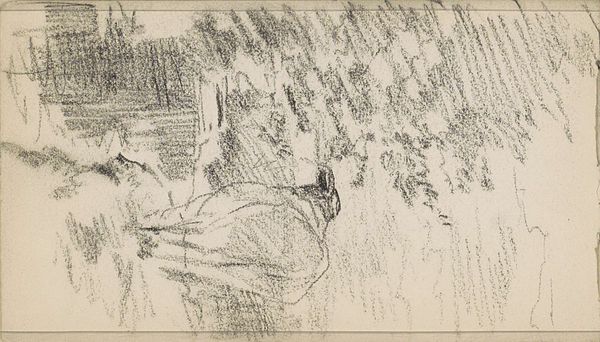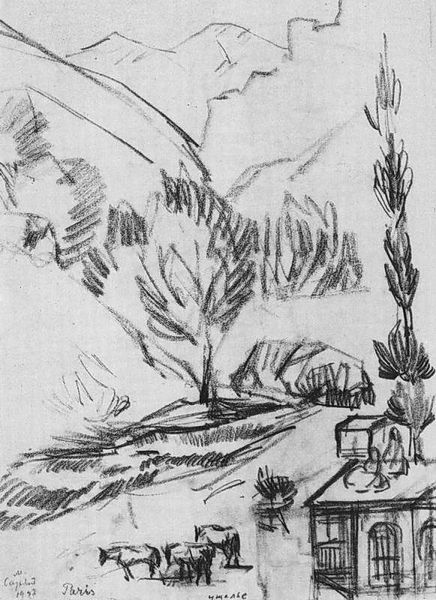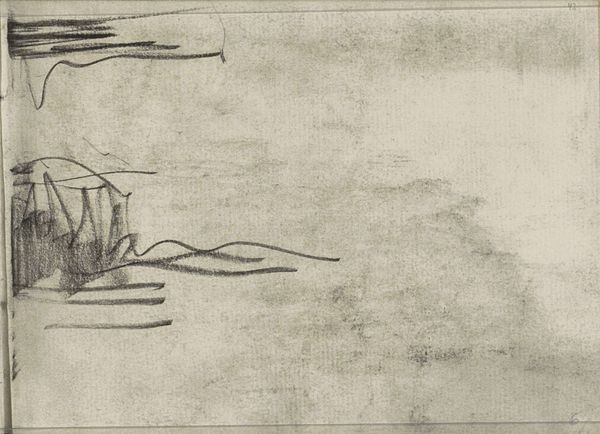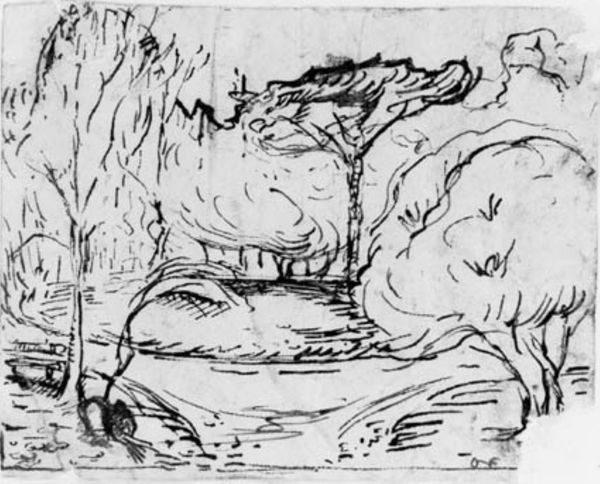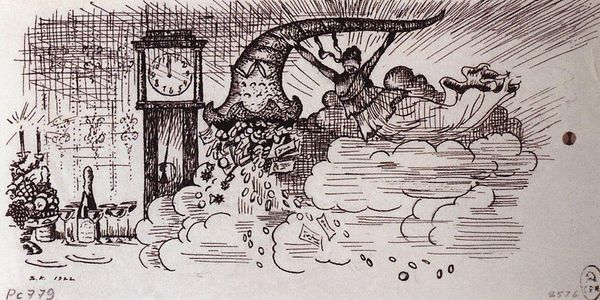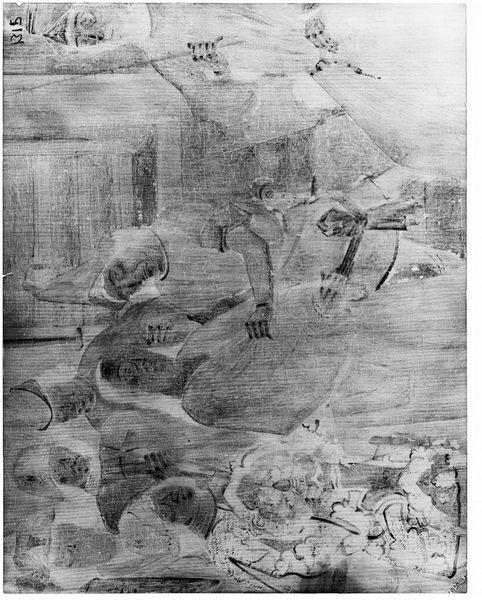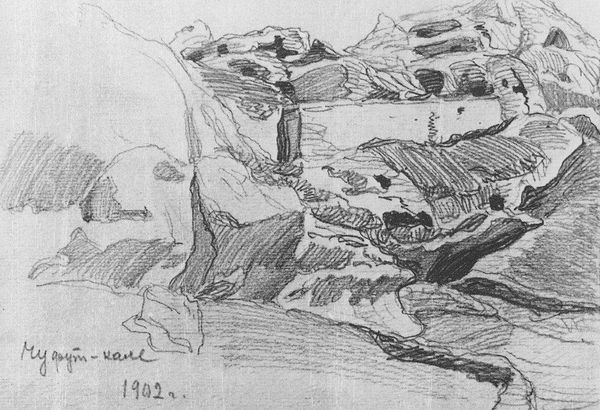
drawing, ink, pen
#
drawing
#
baroque
#
dutch-golden-age
#
pen sketch
#
landscape
#
figuration
#
ink
#
pen-ink sketch
#
pen
Copyright: Public domain
Rembrandt van Rijn made this drawing, "The Three Marys at the Tomb," using pen and bistre, a brown ink made from wood soot. Rembrandt was a master of capturing human emotion, and here, he portrays the Marys' discovery of the empty tomb with palpable grief and confusion. Consider the historical context: Rembrandt, living in 17th-century Netherlands, a Protestant country, was creating a work based on a key moment in Christian theology, typically the purview of the Catholic Church. The Marys, as women, occupy a marginalized position in this narrative, yet they are the first witnesses to the resurrection. Look at how Rembrandt uses light and shadow to emphasize their emotional state. Their bodies seem to recoil, overwhelmed by the inexplicable absence of Christ's body. The city looms in the background as a reminder of the social world from which they are excluded. Rembrandt's interpretation invites us to consider the role of women and marginalized figures in shaping religious narratives and to recognize the profound emotional impact of faith and loss.
Comments
No comments
Be the first to comment and join the conversation on the ultimate creative platform.
